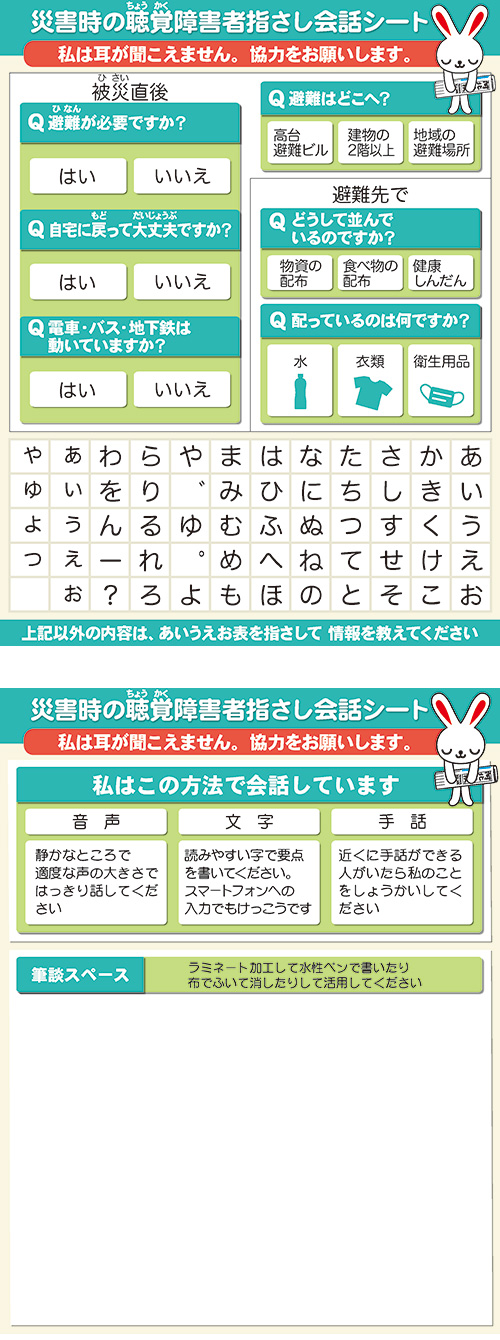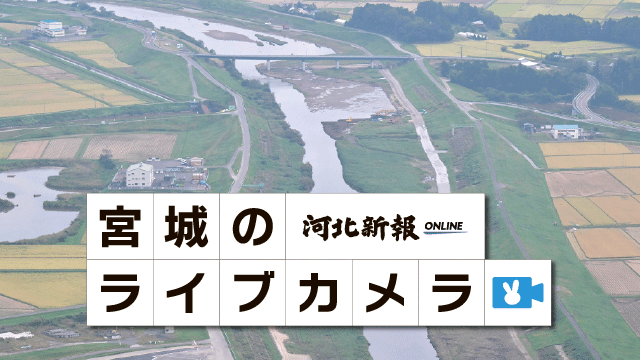Part 4: School (4-End) Passing Down the Lessons / Establishing Evacuation Awareness among Students




The time that the children are in school makes up around 30% of a weekday. Considering weekends and long vacations, this only amounts to 20% of the entire year. The Great East Japan Earthquake left behind lessons on how important it was for children to protect their own lives at home.
When the earthquake struck, the 77 students of Ishinomaki City Ogatsu Juior High School had returned home after completing their graduation ceremony.
Naoya Ise (15)=?=, then a first-year student, was on his way to a friend’s house when he felt the ground shaking. He ran to Ogatsu Central Park, located on a hill overlooking Ogatsu Bay.
“Your mother was calling out ‘Naoya, Naoya’ below.” Residents and senior students told him as they climbed up to the park. His mother, Kumiko (46), was at a workplace along the coast. They had just separated after she drove him to her office.
The sea looked calm. “She’s looking for me. Maybe I should go back down,” he thought over and over. In the end, he decided to stay. He had remembered how his father (58), who experienced the Chile Earthquake Tsunami of 1960, habitually told him to “assume that when an earthquake hits, a tsunami is coming.”
His mother was nowhere among the evacuees. He could only wait as time passed, and the tsunami swallowed the town below. He prayed for his mother’s safety.
Two days later, he was finally able to reunite with his father, mother, older sister, and little brother. His mother had headed back home after the earthquake, but heard from a fire corps volunteer that his sister evacuated to Funakoshi Elementary School and went after her. His father was at an inland area of Sendai City, and his brother was under evacuation guidance at Funakoshi Elementary School. “I believed that Naoya had surely escaped, because our family evacuated every time there was an earthquake,” says Kumiko.
The former Ogatsu Town, which cradles a ria coastline, has a history of being struck by the Great Meiji Sanriku Tsunami (1896), the Showa Sanriku Tsunami (1933), and the Chile Earthquake Tsunami (1960). Numerous stone monuments remain in the former town, engraved with the phrase, “Prepare for a tsunami after an earthquake.”
It was the first time for Risa Yokoe (15)=?=, then a first-year in junior high school, to experience such a large earthquake. She began preparing for evacuation, thinking that “a tsunami is definitely coming.” A stone monument stood near the school she just graduated, Funakoshi Elementary School. She had also heard about tsunami damage in the past from her grandmother.
Her family of four evacuated to a field in the mountains behind their home. Another resident, who was escaping with them, noticed muddy waters flooding over the seawall. Risa pushed her grandmother’s back, gently prompting her to hurry. The waves were heading to the field, crawling up the sharp slope covered by forestry.
Ever since the Miyagi Off-shore Earthquake in 1978, the former Ogatsu Town had been holding community-wide evacuation trainings. The children also participated in annual tsunami evacuation trainings, held among 20 neighborhood associations each June.
A classmate of Risa, Kouya Ito (15)=?=, left home to head towards higher ground in his parents’ car. During the training sessions, they had repeatedly climbed to this evacuation area.
It was just when the family was searching for parking space. “We heard a neighbor call out, ‘A tsunami is coming!’ and drove further up the hill,“ Kouya recalls.
Around 80% of the residences in former Ogatsu Town were demolished by this large tsunami. The homes of the students were completely destroyed, but eight days after the earthquake, the school was able to confirm the safety of all students. The awareness of disaster prevention, deeply rooted within family and community, had protected the children.
◎ Life comes First, Children Declare / Passing down lessons of community disaster prevention for the future
These children have weaved a new “tradition” of disaster prevention.
The Miyako City Kuwagasaki Elementary School, where tsunami waves rushed into the schoolyard, held a graduation ceremony on the 19th in their gymnasium. A wooden plaque was set on the entrance wall, entitled “Five Recommendations.” The 59 students of the graduating class gaze at the plaque.
Escape immediately to higher ground after an earthquake
Put your life first and never turn back
Help each other and value bonds between people
Prepare survival kits for emergencies
Take one step at a time towards the future
The graduates had engraved every letter themselves, as their parting gift to the school.
After the earthquake, the graduates, fifth graders at the time, interviewed 23 local residents. They asked questions such as “How did you protect yourself during the disaster?” and summarized the responses into five recommendations. They also created a booklet and distributed it to the residents.
The children had come up with the idea of this investigation on their own.
“The children did not actually see the tsunami that day. They must have felt compelled to pass down the lessons after seeing their town demolished,” reflects Michiko Iguchi (54), their homeroom teacher.
On the day of the disaster, the 235 children at school followed their training and evacuated to the shrine on the hill. They then lined up with their backs to the ocean. The five students absent from school were also safe. On the other hand, the disaster inflicted great damage on the community including 40% of the children’s homes.
Many of the disaster-stricken schools refrained from holding “reflection sessions,” in consideration of the toll that reviving difficult memories could take on mental and physical well-being. Conducting the investigation meant the students would have to directly face the emotional suffering of the residents.
The school was convinced that “everyone is a disaster victim so residents and students could overcome this together.” The groundwork had already been laid out for them to interact with residents, through past activities such as creating tsunami evacuation maps and experiencing scallop fishing.
Shozo Furudate (77), who accepted the student interviews, found his home and store in ruins. “Always prepare a backpack for evacuation.” “I will continue my business for the community.” As he communicated the message he wanted to leave for future generations, he felt it was “important for school and community to continue discussing the disaster together.”
The children share this thought. “I want to tell children in the future about what happened, because I want many people to be saved,” says Kento Ueda (12). Yuria Kurosawa (12) decided that she wanted to value the short phrase, “The most important thing is life.”
The school posted the “Five Recommendations” in every classroom. They will recite the recommendations five times throughout the year ? at the start of the new school year in April and Disaster Prevention Day on September 1, as well as on the anniversaries of the Great Hanshin-Awaji Earthquake on January 17, the Great Showa Sanriku Tsunami on March 3, and the Great East Japan Earthquake on March 11.
Disaster prevention education is not only for students in school. The children will grow, becoming community leaders and parents. The school principal, Tadaaki Kodama (53), vows that they will continue to pass down the recommendations as a treasure for community-wide disaster prevention efforts.
(“Preserve Lives and Communities” Investigation Team)
Translated by Anna Wada
March 31, 2013 (Sun.)
[Japanese] http://www.kahoku.co.jp/special/spe1114/20130331_03.html
 朝刊・夕刊
朝刊・夕刊 記事を探す
記事を探す FAQ
FAQ















